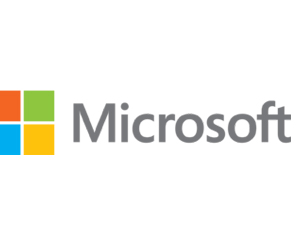How School Districts Benefit from Teacher Tech Training
Peters says that professional development shouldn’t be restricted to technical skills: “It’s also about helping teachers adapt to a new world and learning how to support students holistically.”
Peters notes that CDW has offerings that can meet multiple professional development needs for educators. “There are certain elements that are already designed around things like social and emotional learning, but we can also customize professional development based on what the needs of the district are as well,” he says.
“We have everything from onsite professional development to train-the-trainer models and a platform called OTIS, which is a self-paced, self-guided platform that districts can purchase and push out individual applications to their faculty and staff that allow them to do professional development.”
READ MORE: Discover how innovative camera solutions can maximize hybrid learning.
Self-guided, self-paced programs also give school districts the ability to see holistic reports on faculty to ensure they are actually completing professional development courses. Peters says it can be difficult for teaches to finish these programs because districts are reluctant to pull teachers out of their classrooms during the day, which would require substitute teachers.
Self-guided and self-paced assessments can help level the playing field for teachers who have varying amounts of available time for development. “If we fly in a trainer or we bring them in on Zoom, it creates a lot of logistical challenges. So, there are different ways that we can deliver professional development” depending on the needs of the school district, Peters says.
Bridging the Digital Divide Through Professional Development
Each school district has different needs and resources. The increased availability of technology is helping to address some of the gaps between them.
Chris Hanson, manager of Chrome customer enablement at CDW∙G, cites application streaming services as a means of bridging the digital divide between some school districts. “Think of what Netflix did to disrupt the video market, and Spotify to disrupt the way we consume audio. There are a few solutions out there, such as Itopia, where basically, you’re streaming applications from the cloud.”
Many applications can rely quite heavily on graphics cards and processors that historically have required the kind of high-end devices that some schools can’t afford. “Now you can do AutoCAD or Adobe Creative Suite on a very standard-issue, entry-level, small-core Chromebook you could never have used for that purpose before,” Hanson says. “And this is platform-agnostic. You can use it on Microsoft or Chrome.”
DIVE DEEPER: Find out how professional development can narrow the digital divide.
Peters points to the related benefits that arise from the increased availability of tech tools. “The other huge benefit is that now, we talk about equity and access all the time in education. This now allows that platform to be run off any device,” he said. Graphics-intensive programs no longer require a high-end lab. “Now those students can run those programs from their personal devices or their school-issued laptops.”
With expanded access to new and innovative technology, teachers and students alike are being presented greater opportunities for education and development. And with the assistance of a trusted partner, educational institutions can more fully exploit the potential technology has to enhance learning for all users.
Brought to you by:













